Assistant Principal Maureen Borto
 What type of items were being stolen and destroyed due to the Devious Licks trend?
What type of items were being stolen and destroyed due to the Devious Licks trend?
We had soap dispensers, which I would say were the biggest piece. We had them both either knocked out off the wall or taken.
What did administrators discuss in response (to the Devious Licks trend)?
We looked at locations. We basically took a look at the data; what were custodians reporting, when were they reporting things, what bathrooms, what times of day, trying to see where the frequency was, what locations were more of a target than others. And then we took a look at what would be the best approach for supervision of those as well as messaging to our kids and our families. You know, we all work together to keep the school running and being a safe place to go to school, being a clean place to go to school. And you know how hard our custodians work all the time to make sure of that. While this may be a social media trend, you know, there are people on the other side of that that are impacted when things are destroyed or taken. And so not only does it affect our custodians, but it affects other students. I mean going to the bathroom without a soap dispenser is not good for any students. So that’s when we try to get the data, what was our supervision plan and how to go from there.
How have employees been affected?
Well, employees, like everyone, use the same bathrooms everyone else does. So, you know they’re impacted when those things happen like a lack of soap dispensers. I mean obviously our custodians have been working 10 times as hard trying to make sure, if something happens, you know, noting what has happened for us to be able to see if we can figure out who might have done that, but they’re also working hard to make sure things get cleaned up and put back together so that kids can still use the restrooms like they need to. So, they’re working extremely hard to do that. We also had teachers who just wanted to help, so they’re, you know, supervising bathrooms more, and they’re walking in and out of bathrooms more because they want to have a safe place to go to school and work and for kids to be able to use the restroom.
What preventative measures has the school taken to prevent this type of behavior?
We’ve obviously sent communication home to parents. We communicated with students; we went on announcements, and we did a video announcement with it. And then also just the presence in the hallways and the presence in the bathrooms, having all those things.
What limitations have the measures faced?
Well, you know, the challenge of it is that obviously there’s only so much staff, and you can’t have someone in a bathroom while they teach, you know, and, as administrators, obviously there’s only so many of us, and we all have other responsibilities as well. So it’s just a matter of making sure what our coverage looks like. It’s just manpower, like anything. Obviously, with the manpower and the size of the school space, we have to make sure we cover things
How effective have these measures been?
I don’t have numbers off the top of my head, but I feel like the trend has reduced as a result of those measures.
Do you have any other words for Carmel High School students?
Just again, thinking about, you know, everyone in this building is here to work together to provide a safe and healthy place to go to school, so anytime you’re thinking about those things, think about everyone else that’s impacted and the impact on yourself before you make that decision. While it may seem funny at the time and something you post on social media, there’s a lot of people that are impacted by that decision.
English teacher Kristi LeVeque

How did the devious lick trend affect the job of a teacher at Carmel High School
The most direct impact for teachers was the requirement to be more visible, specifically in bathrooms. We were not directed to keep kids from going to the restroom, but something that I know a lot of us were paying more attention to was who might be gone and when.
What extra roles did you play as a teacher (due to the Devious Licks trend)?
Kind of that role of “rule enforcer.” Kind of, you know, the role of the eyes watching and making sure that there’s an authority figure in a place where there usually is an authority figure.
What was it like having to monitor bathrooms and take on these extra responsibilities?
It was awkward. I only had to do it a few times because we have enough people in our department. I mean I’m doing it now every other day, but only once a day. And so it’s not a huge burden, but it does take time out of the day that I normally would be spending with students. But the first time that I did it, I walked in the room, and I just stood against the wall. A lot of students kept lining up behind me as if they were waiting in line for the bathroom, and I would say, “No, I’m just here to watch, but not watch. I’m just here.” I told everybody to not think of me as a bathroom monitor, but just to think of me as someone who’s keeping an eye on your stuff; I’ll watch your backpack and your phone while you go to the bathroom. And so, you know, (I) made it light, and it was fine, but it was a little awkward, for sure.
What are your thoughts on the use of bathroom duty to try to limit the vandalism that is occuring?
I think it makes a difference. I mean the presence of an authority figure is always going to make that better. It’s gonna make it less likely that students are going to break rules or be tempted to vandalize something if there’s somebody right there. They’ll just move on to somewhere else that isn’t occupied. I think that the vast majority of our students don’t do anything like this, and I think that this time around, there were more students who were more motivated by the viral nature of the TikTok challenge that sort of spurred all this or inspired it. I wouldn’t be surprised if it was fewer than 25 kids, which would be less than half a percent of our population. Unfortunately, you know, with that amount of students doing any kind of damage, costs can go up very high, and it makes it very difficult for everybody else to operate. We’re really fortunate here where we can operate; we put a lot of trust in our students, and they reward that trust by acting civilly and just doing the things they need to do, so we treat them like adults, and most of the time they act like adults. I like having that relationship with students, so I feel like this definitely was a challenge to that relationship, and I’m happy that it seems to have been short-lived. I haven’t heard of any other events or anything that continues to keep happening, so I hope that that kind of dissipated, died out a little.
You spoke on how you had to take on the role of a sort of “rule enforcer.” So how did the trend impact the relationship between teachers and students?
It’s interesting, a little bit, because I think that the perspective of teachers versus students is different, and I think there is a natural inclination for students to find some of that stuff, even if they would never do it themselves or would agree that it’s vandalism, to still find it funny, which is why it goes viral and all those things happen. Whereas an adult, especially a teacher who’s in the building, has a different perspective, and their first thought or their natural inclination is going to be to the implications of all of that: how much is it going to cost, this isn’t sustainable, we can’t keep allowing this to happen, what are we going to have to do to stop it. And so, you know, they’re thinking about how they’re going to solve the problem, and students aren’t necessarily thinking of it as a problem, at least not immediately. And I think sometimes that different perspective can cause a little consternation between students and teachers where your teachers may get frustrated with students because they don’t seem to appreciate the seriousness of the issue, and students may be frustrated with teachers because they think the teachers are overreacting to something that is just going to ultimately disappear.
Did you also consider maybe talking to students and having some sort of lessons about social media and its use?
We did have a lesson in class. It wasn’t something I planned; it just kind of popped up. We were discussing it, and I had just learned that I was going to have to stand in the bathroom, and it was just one more thing. It hasn’t been quite as dramatic as it felt at the moment when we were tasked with doing it. We put the title on the board, and we talked about all the impacts and implications of what this issue touches. It was really interesting because I used it as a lesson with my G4 class, and I left it on the board, the whole web of impacts and implications and stakeholders and who it touches and how. I left on the board, and the next day, my B2 discussed it, my AP Seminar, and then my G1 discussed it, and every class that discussed it sort of added a little bit to the conversation. It was really interesting to hear everyone talk about it, and when we move beyond whether it’s really funny or it’s not funny, you start thinking about it as an issue, and you can really dig into it and think about all the different things that something small like that touches and who it impacts. Students were thinking about all these different stakeholders and what they’re responsible for and what their responsibility in the issue is. We got all the way out to regulations on TikTok and whether or not they should be regulated at all. It was a really interesting conversation, and I felt like it moved the conversation from kids think it’s funny and adults don’t to this is how you ask questions and how you look at issues. It’s not black and white; there are all kinds of shades of grey, and we ask lots of questions and delve into it, and problems aren’t necessarily simple but they still need solutions. It was a great conversation, so it ended up being a really good way to teach class and kept everybody really engaged. It was an accidental really good lesson plan.
Do you think there are any other positive effects that came out of the trend?
The good thing that came out of it for my class is that I got to have the opportunity to have a really engaging discussion with students about something that mattered to them and show them how something that they have power over, that they have control over, or that is happening to people like them matters. It matters in a very big way and has a huge ripple effect. In the fabric of the world, they are a really important part of it. That was a positive thing. During homecoming week, departments decorated the carts that they took into the bathrooms. We sent pictures, and we voted on which cart we thought was the best. There were some that had all kinds of, you know, little things on them for the students: mints, magazines, hand sanitizer, lotion. So it was nice that we could take an issue that really was serious and needed to be addressed and treat it in a way that acknowledged that most of our students aren’t participating in it. If most of our students were doing that kind of behavior, you couldn’t address it by taking mints in the bathroom. We can, so it was a way to discourage the few that are without making the many that aren’t feel like they are a part of the problem when they’re not.
Moving to the extreme opposite, what do you think was the worst aspect that came out of the trend?
I think there are two things. One, we’re not immune to that. Even though we have great kids, we’re not immune to these kinds of things that feel like peer pressure from the internet. It feels like maybe we should kind of be beyond that, but we’re not. The other bad thing that came out of it was the people who have to clean up the messes, literally. The people who have to do that are the ones who are already overtaxed and overburdened. Primarily, it’s our custodians. And then, the money that it cost. I don’t know if they’ve ever caught anyone or if they will ever pay any kind of restitution, but it would be unfortunate if there wasn’t; it would be a good lesson to learn.
So, in summation, how do you feel about the trend as a whole?
It’s a reminder that social media is kind of like our best and our worst parts of human nature on fast forward. Everything is superlative. If it’s a trend, if it’s going to be the ice bucket challenge, then it’s millions of dollars headed to some unsuspecting charity, which is a good thing, a weird good thing, but a good thing. And then you have this devious lick challenge, which is also weird but also superlative. Things that were happening were just bizarre. I think it’s just a reminder that social media is a place of extremes. I think as parents, as people and just as consumers of social media, it’s something we have to remember because I don’t think any of us are immune to it.


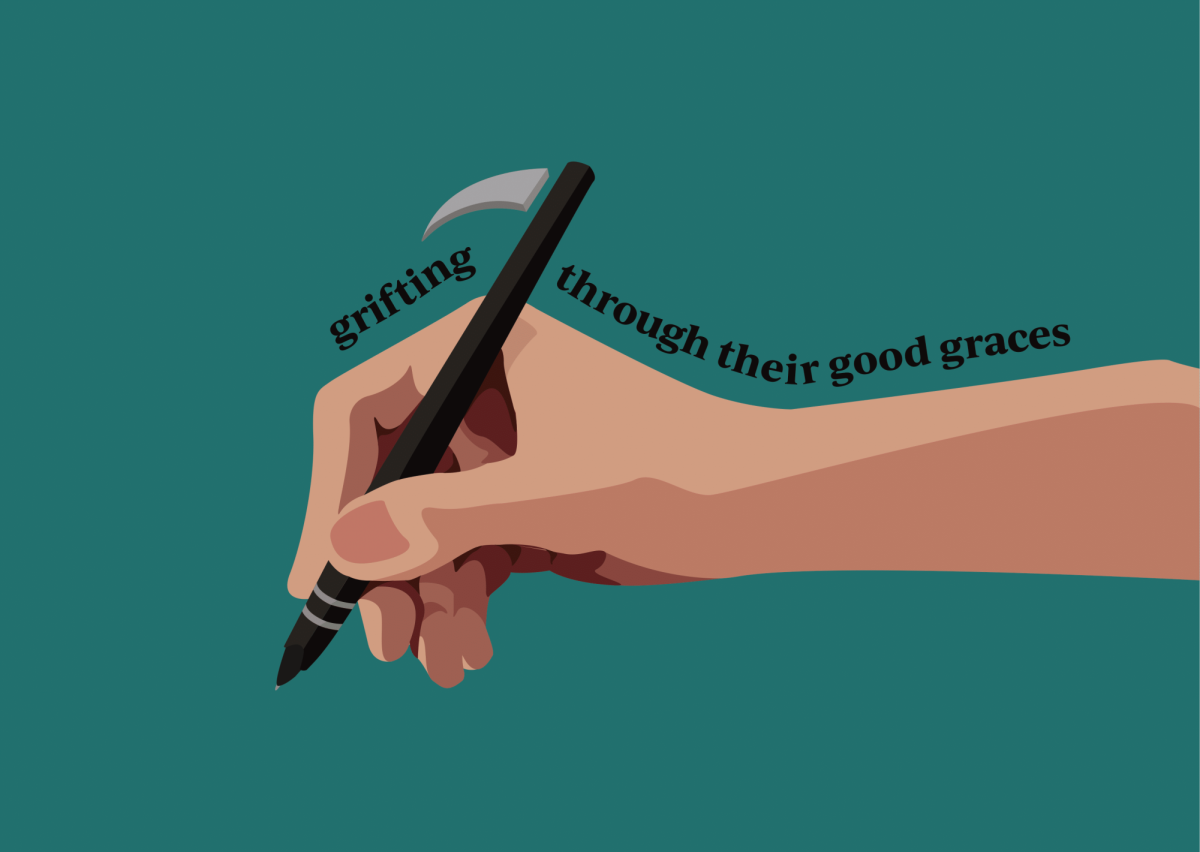

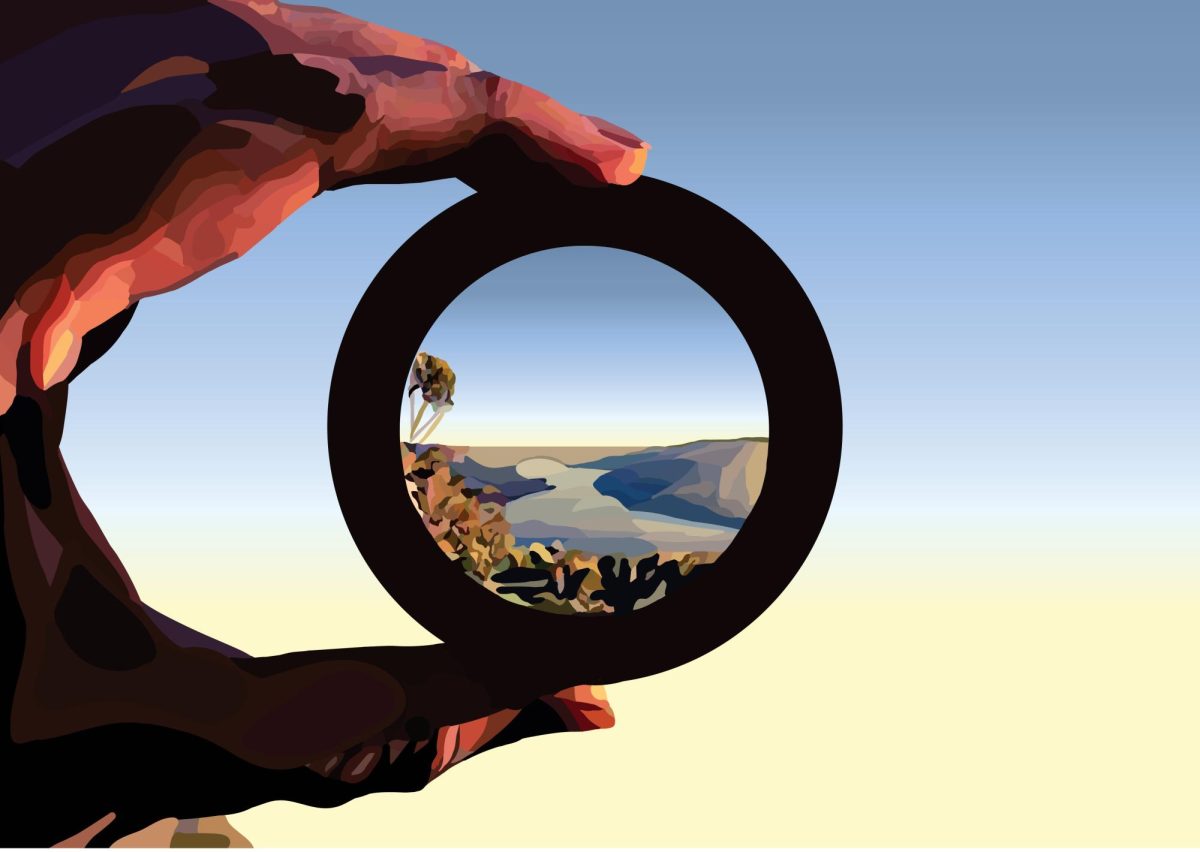


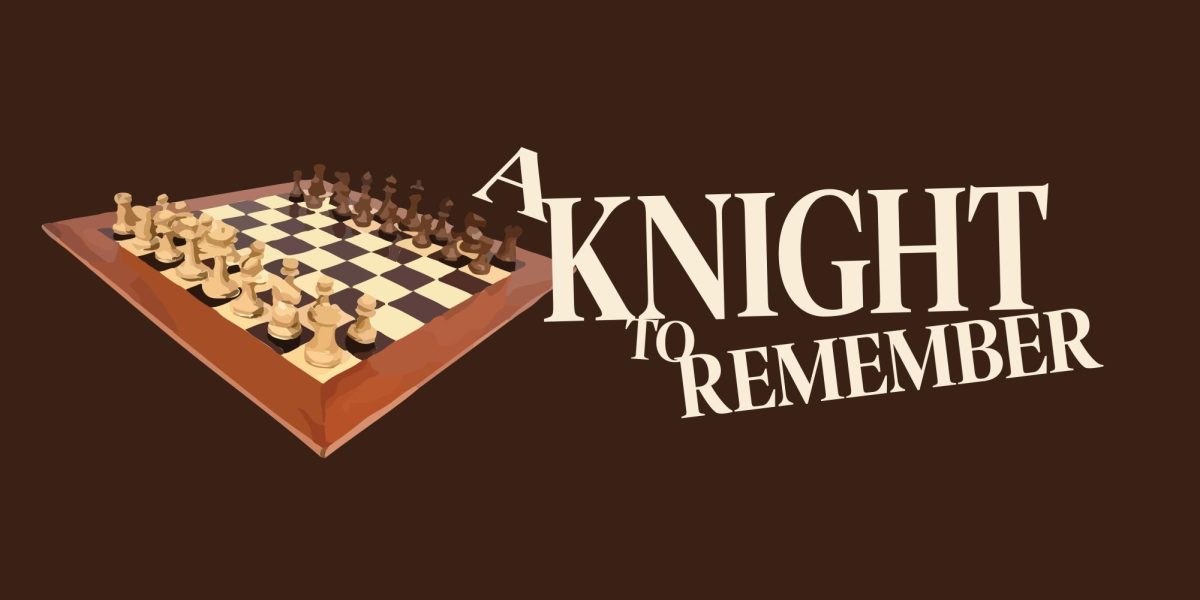
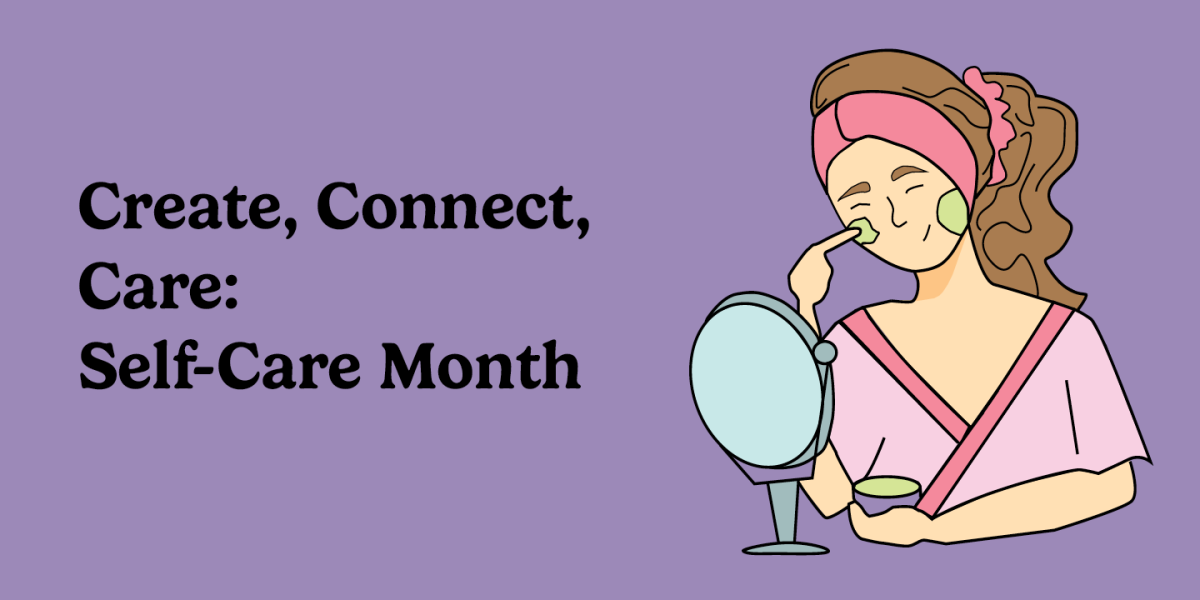
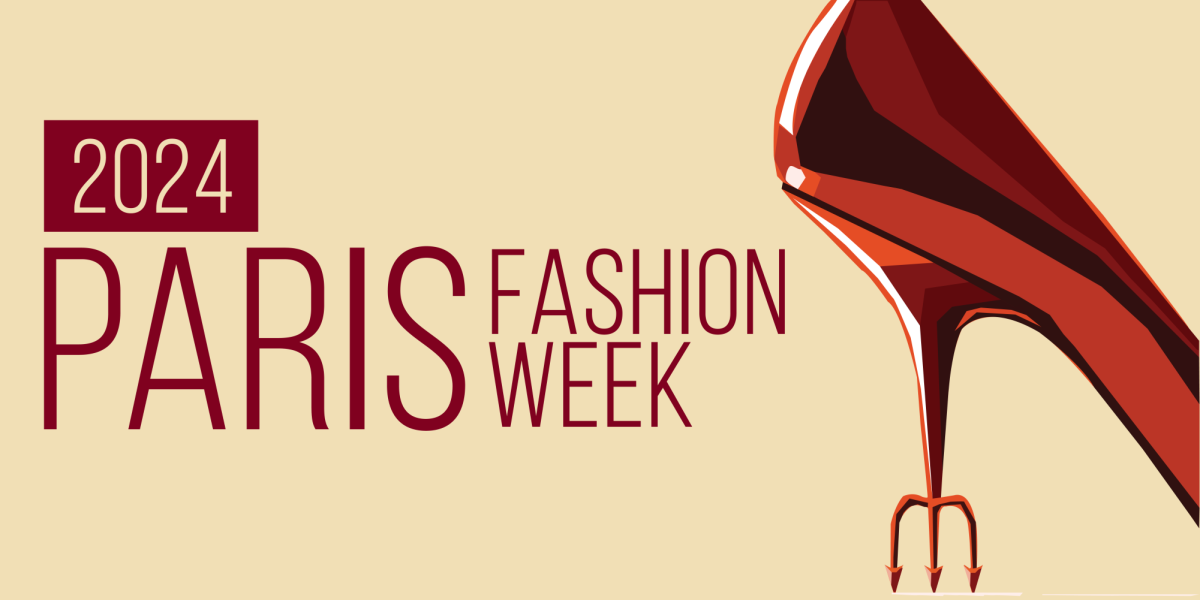






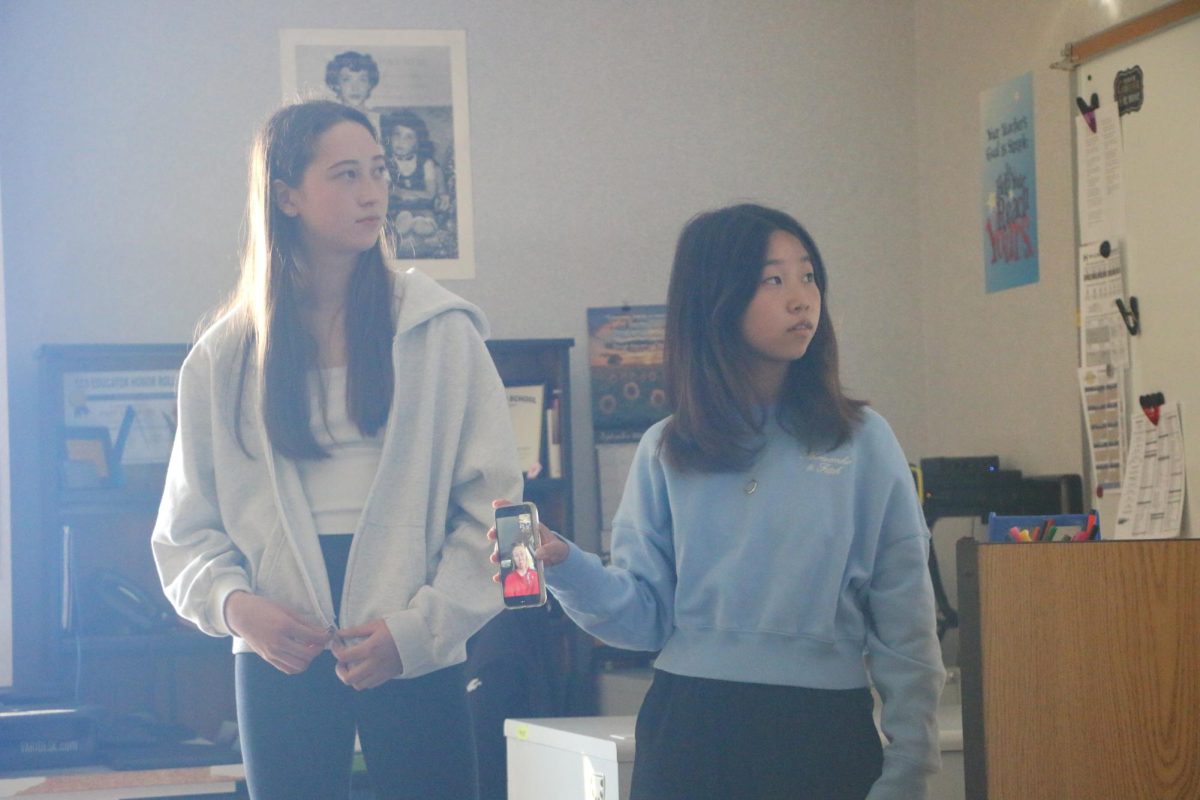
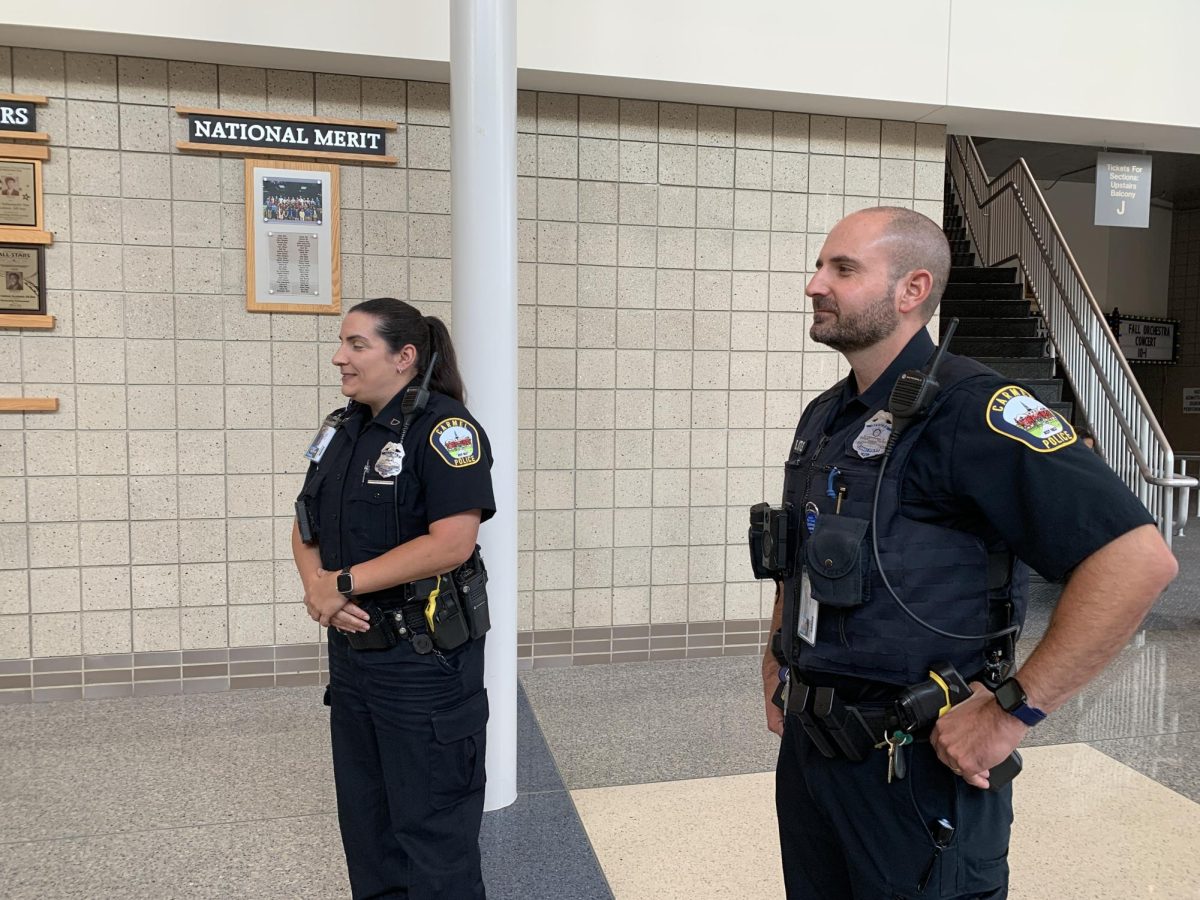
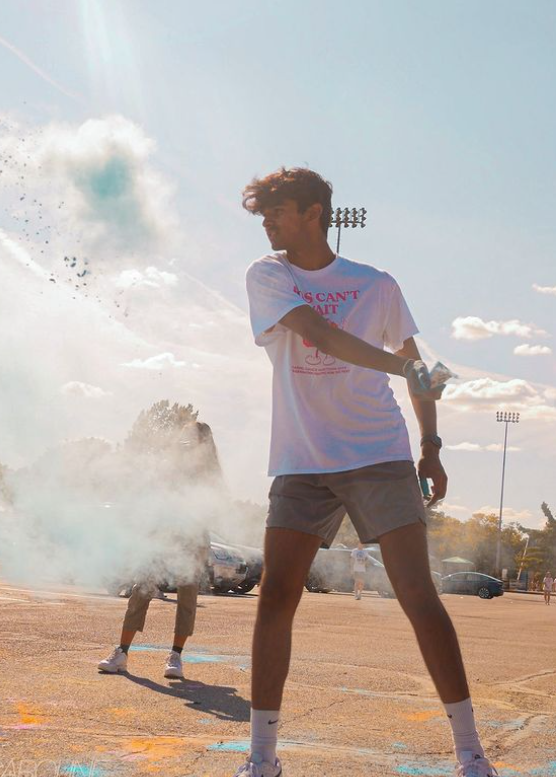

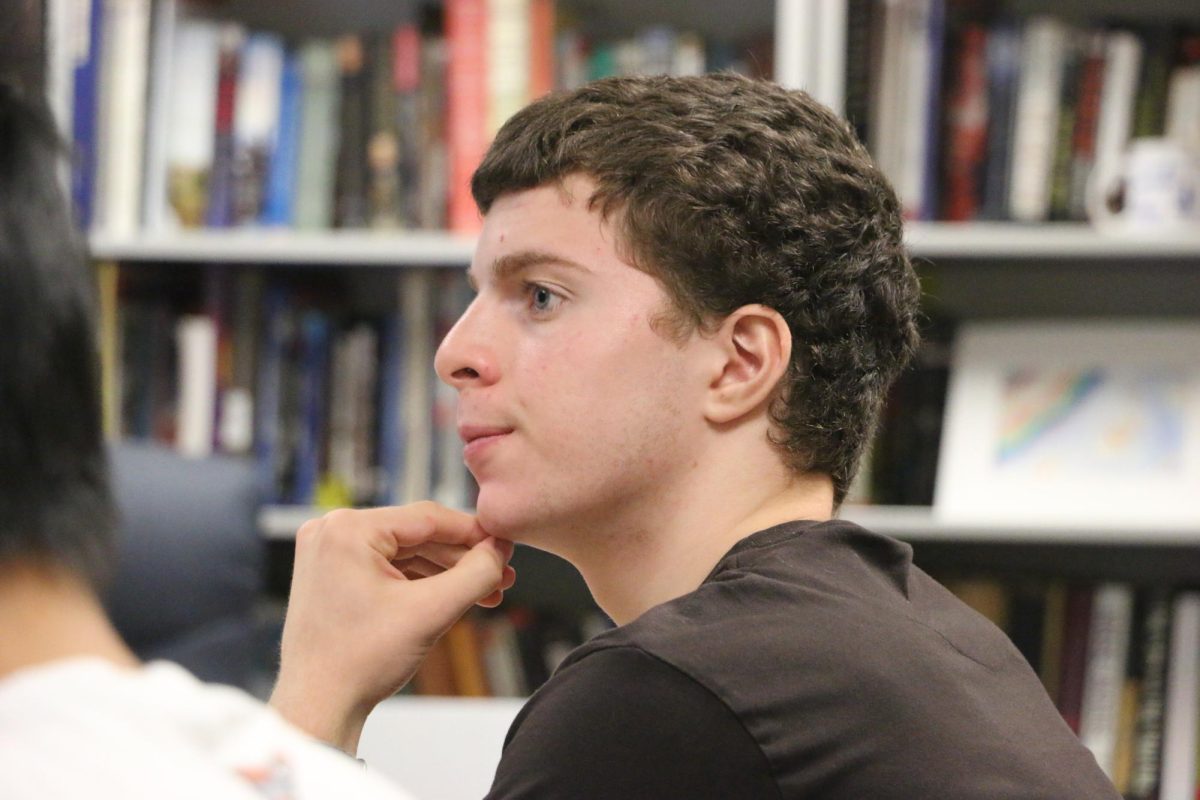

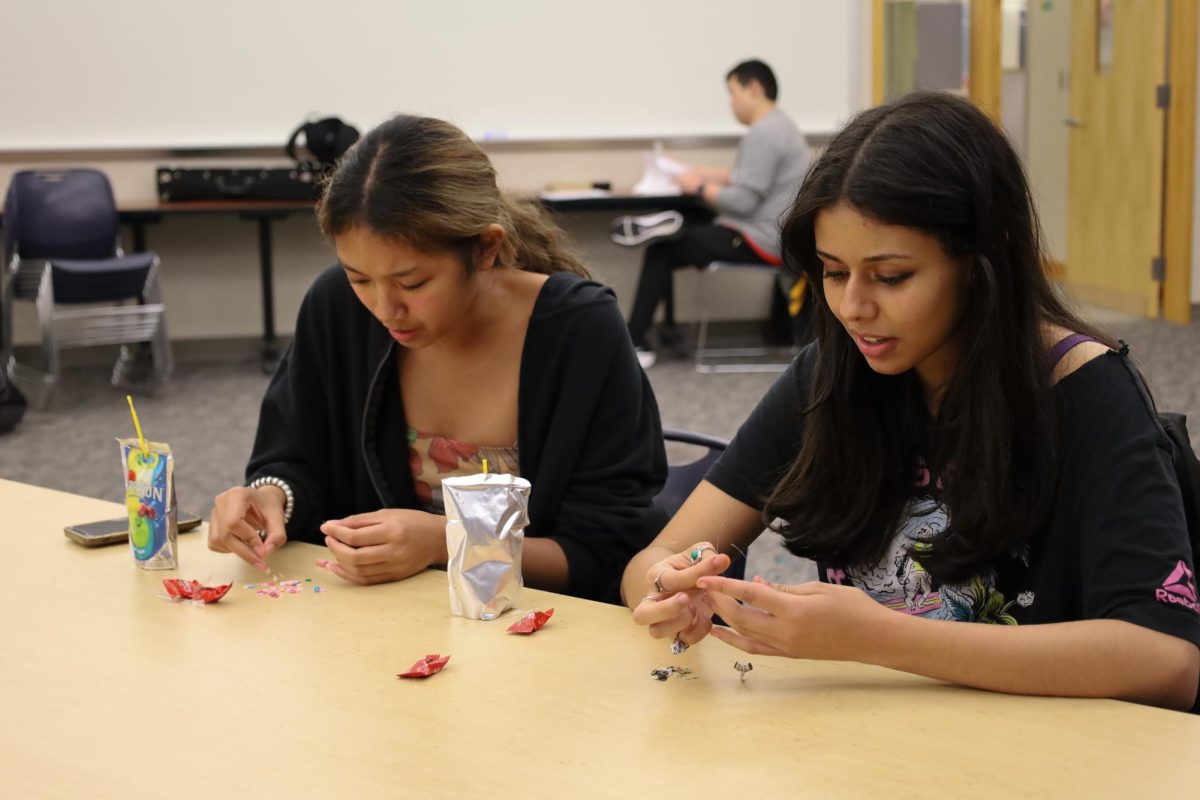



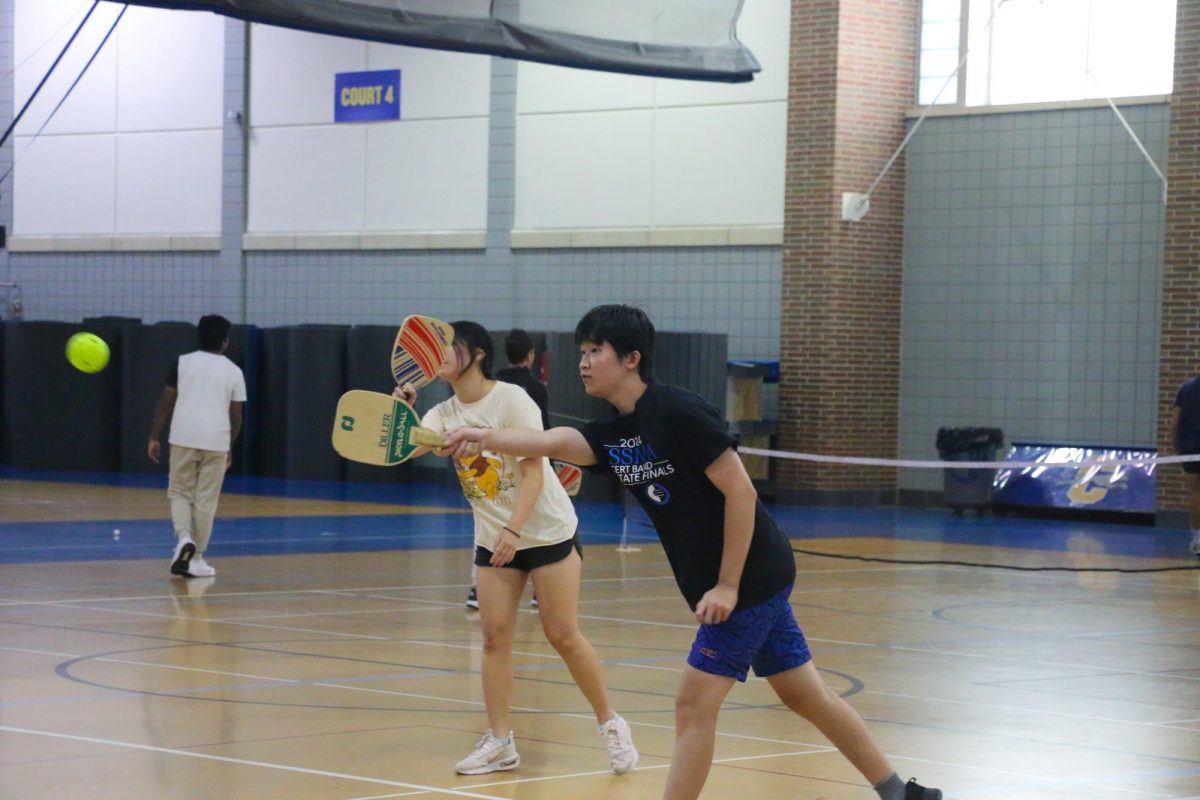
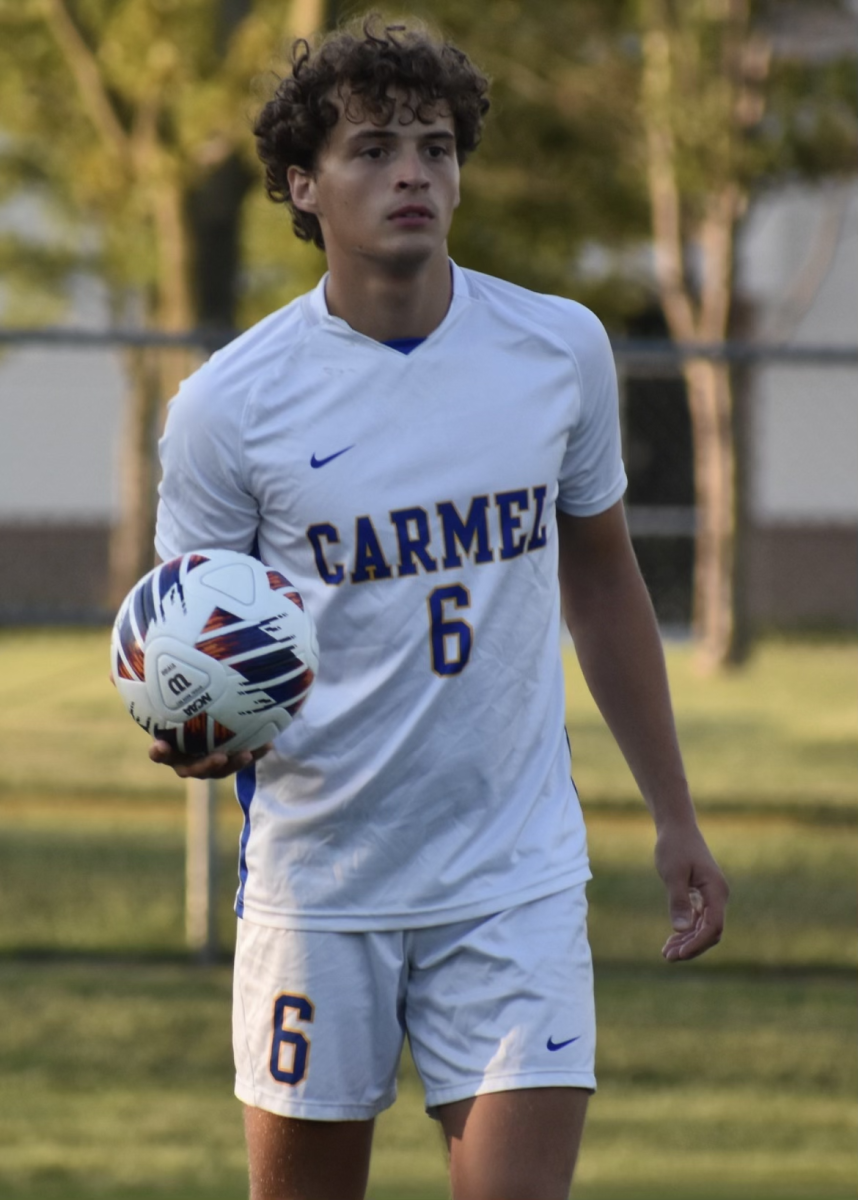

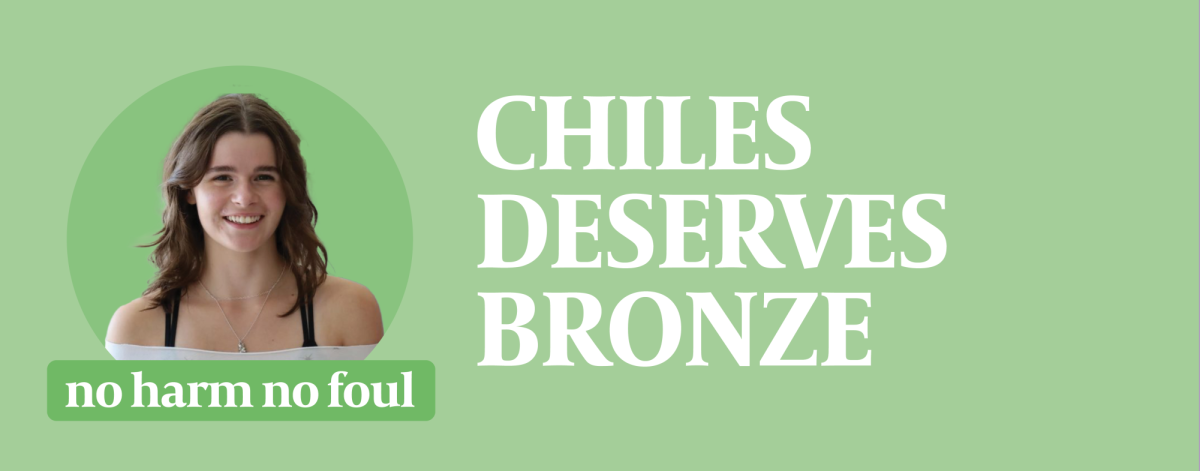
![“Uglies” is a call for change in the YA dystopian genre [opinion]](https://hilite.org/wp-content/uploads/2024/10/Perspectives-Cover-1200x471.jpg)

![Streaming services are pioneering the future of television [opinion]](https://hilite.org/wp-content/uploads/2024/09/CAtherine-streaming-1200x471.jpg)
![Parasocial relationships unnecessary, intrude on celebrities’ lives [opinion]](https://hilite.org/wp-content/uploads/2024/09/4-Mady-Kiser-Cover-1200x471.jpg)



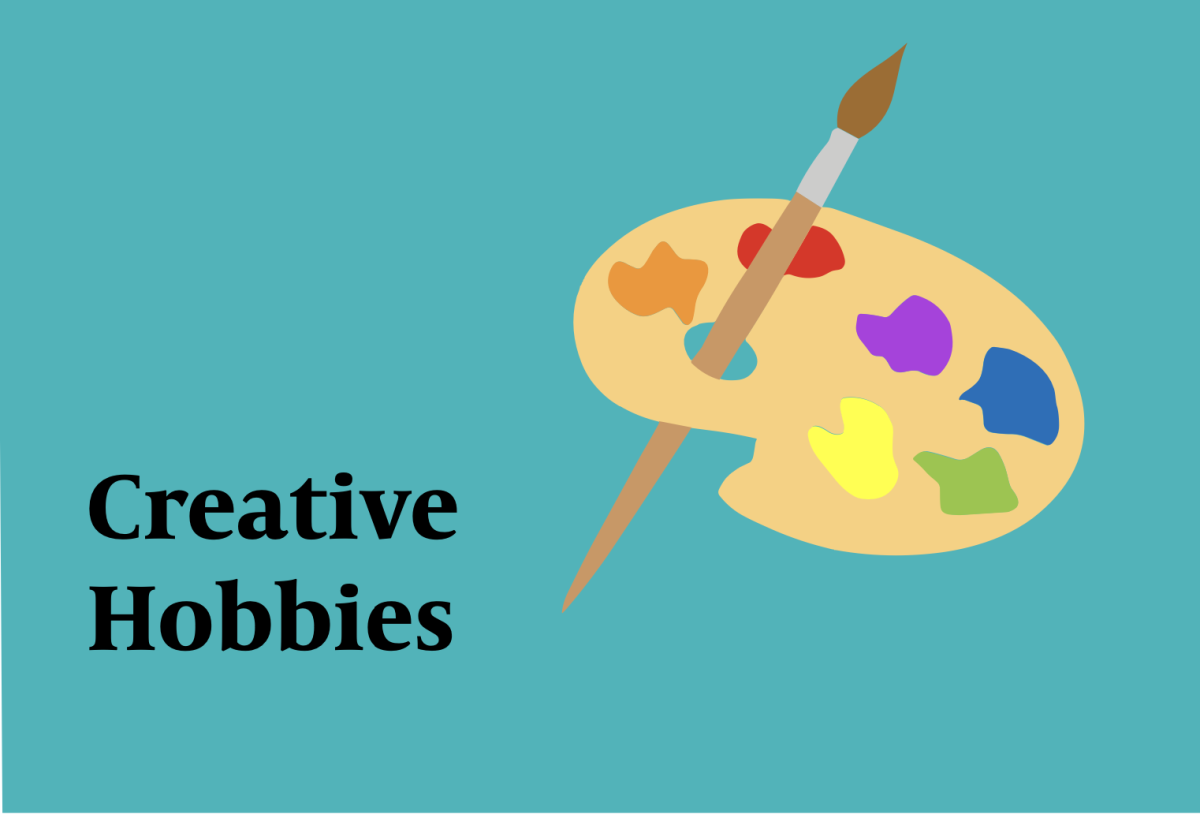
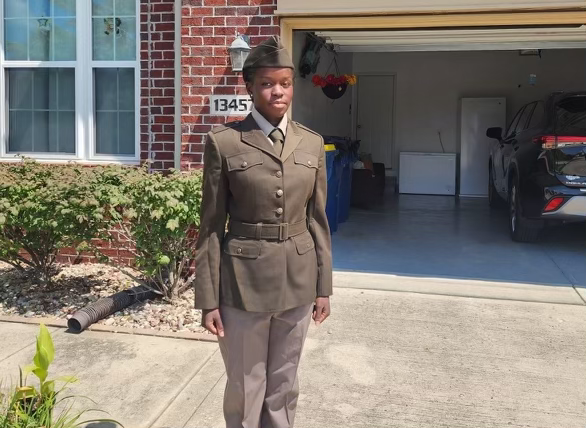
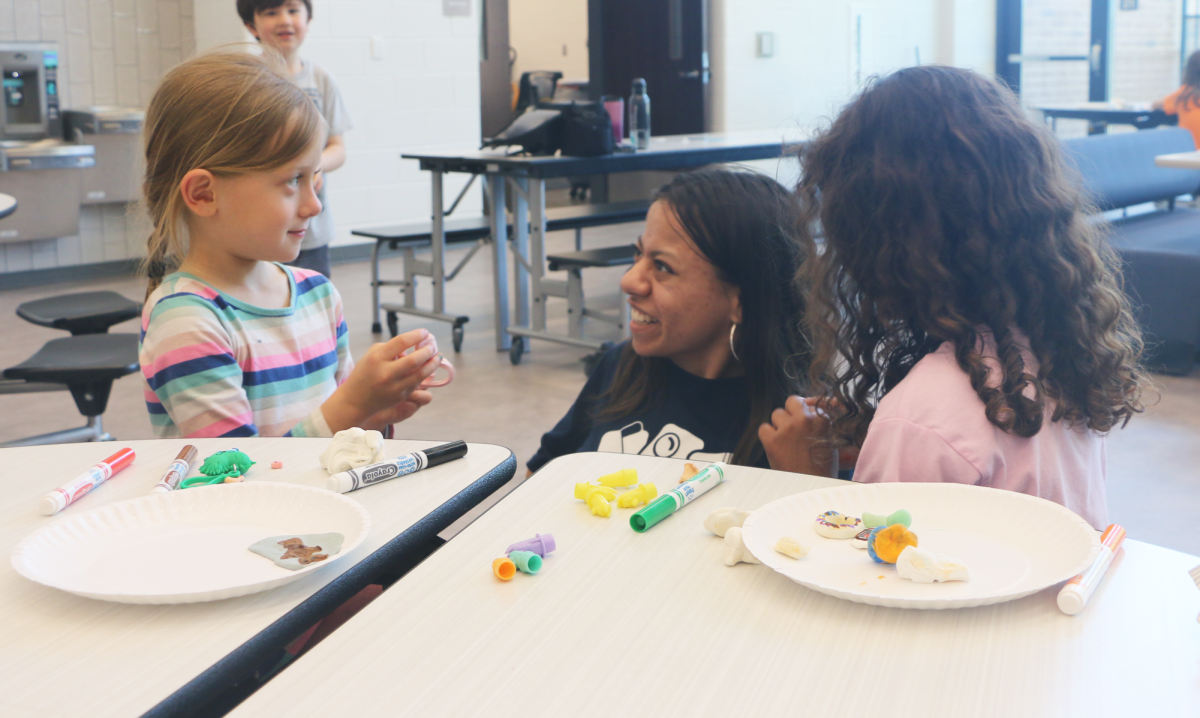








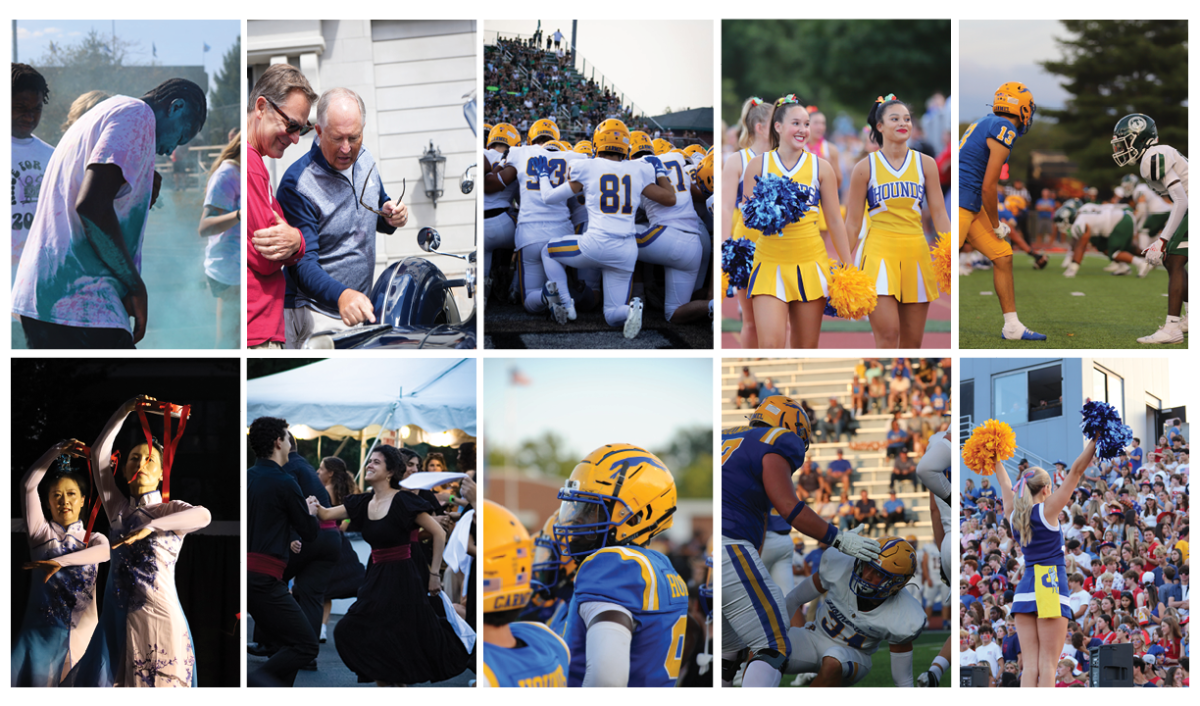
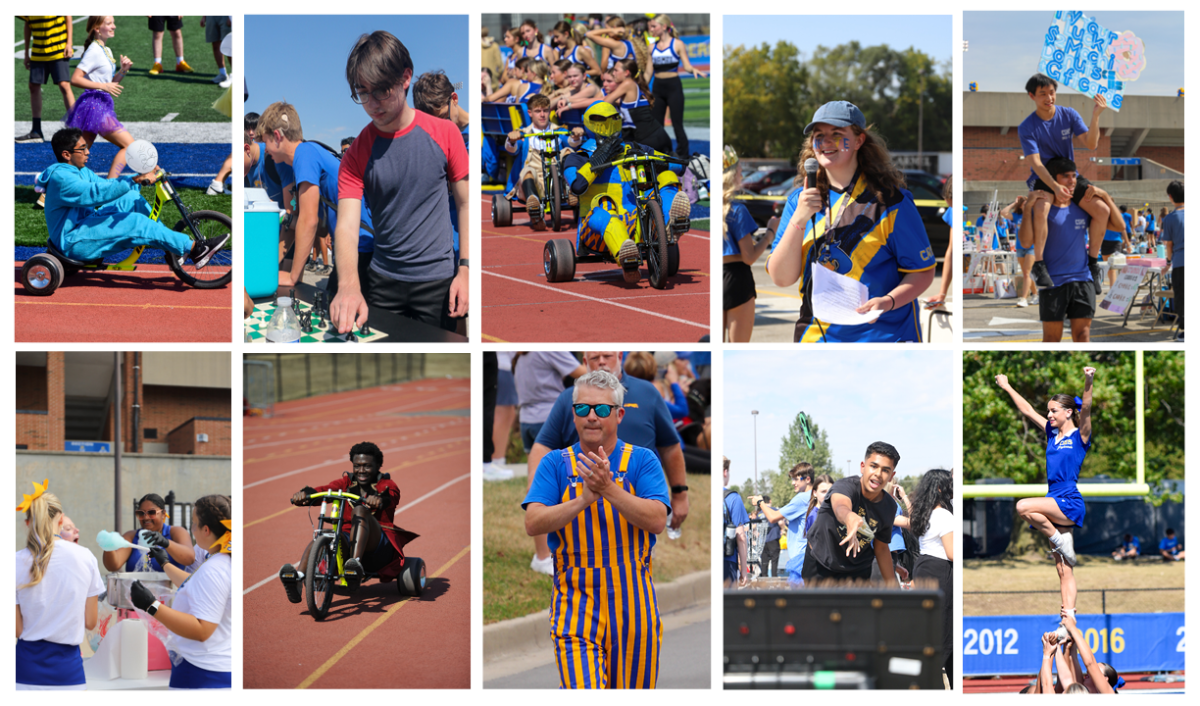
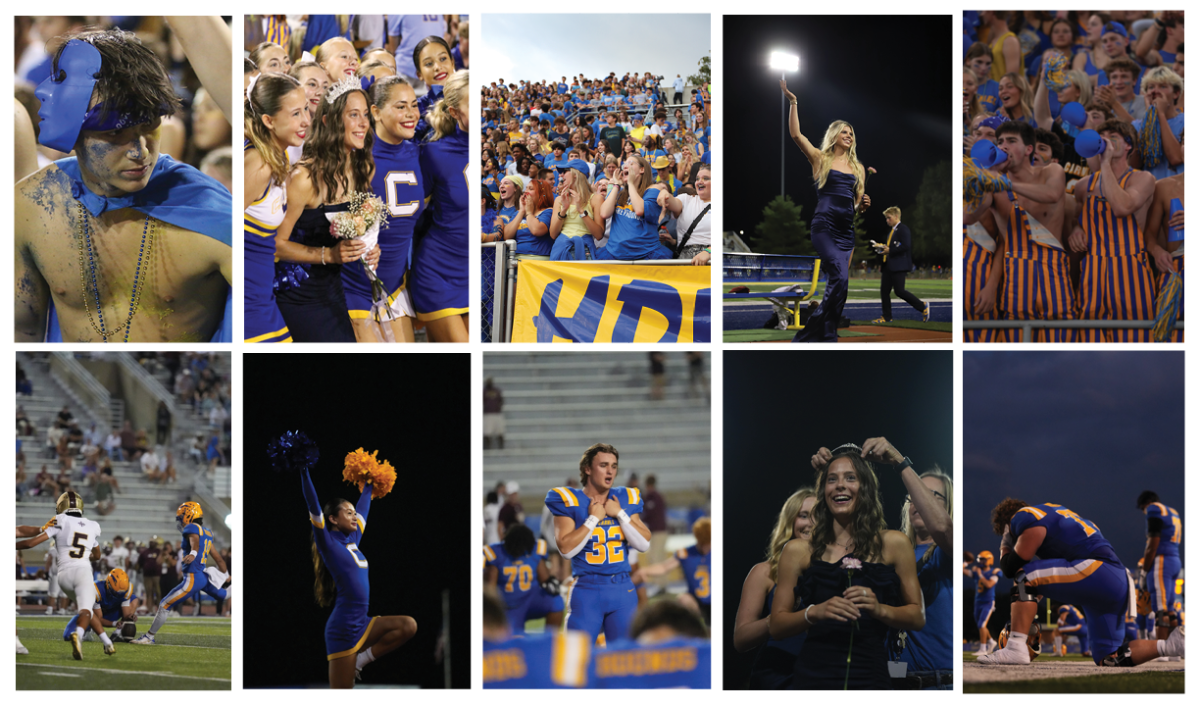






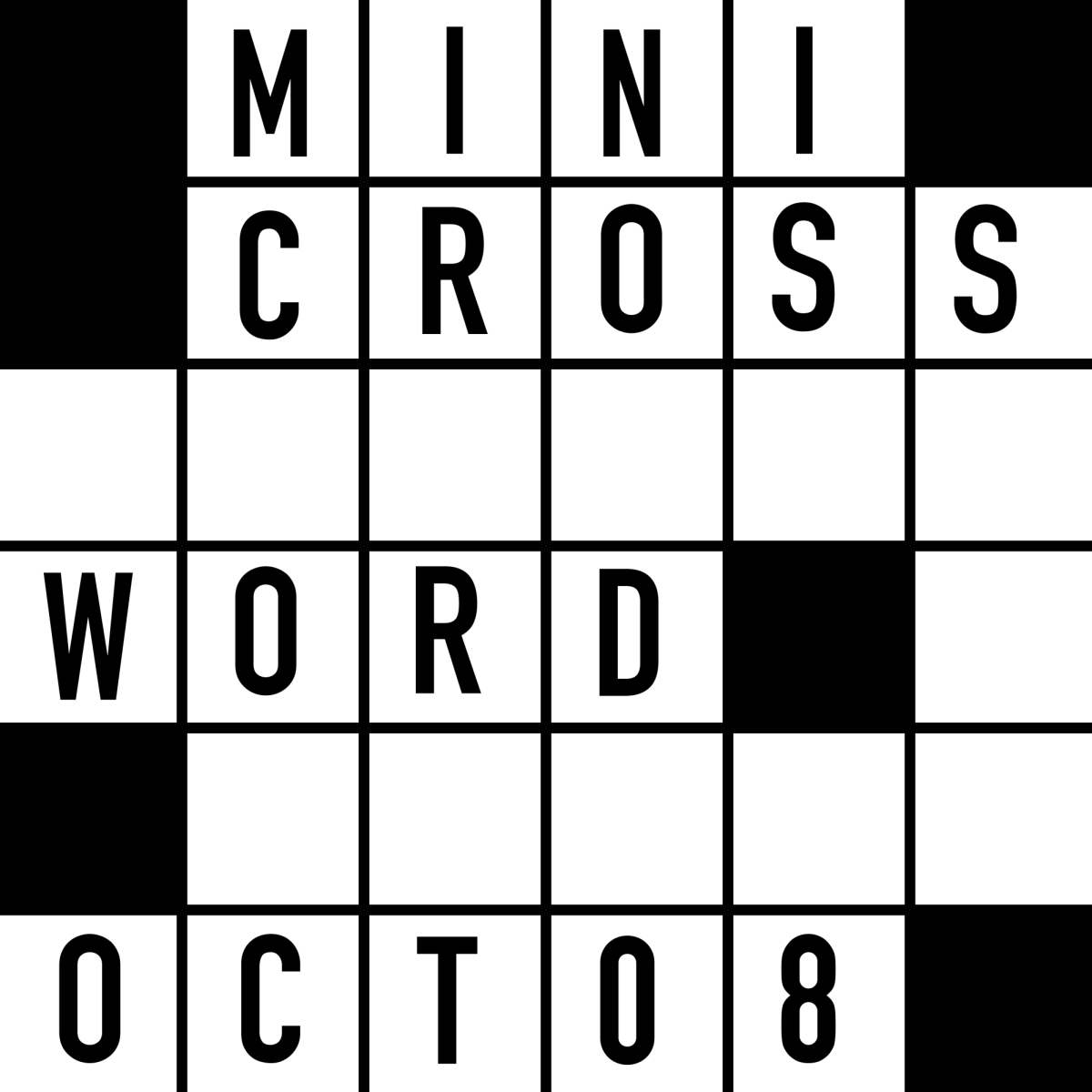
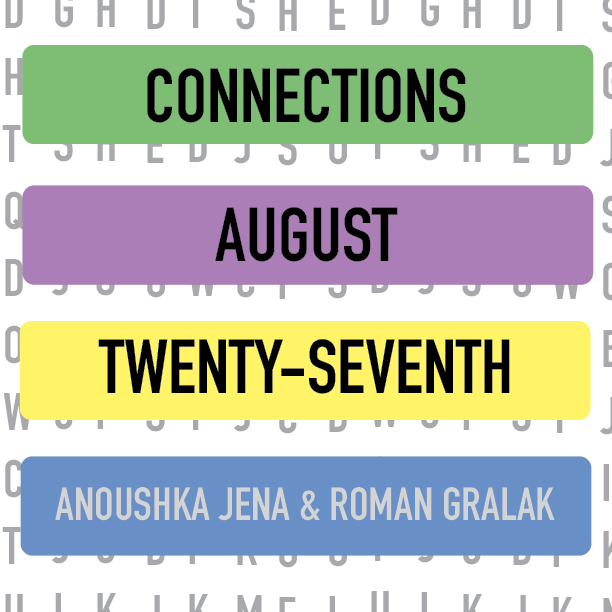
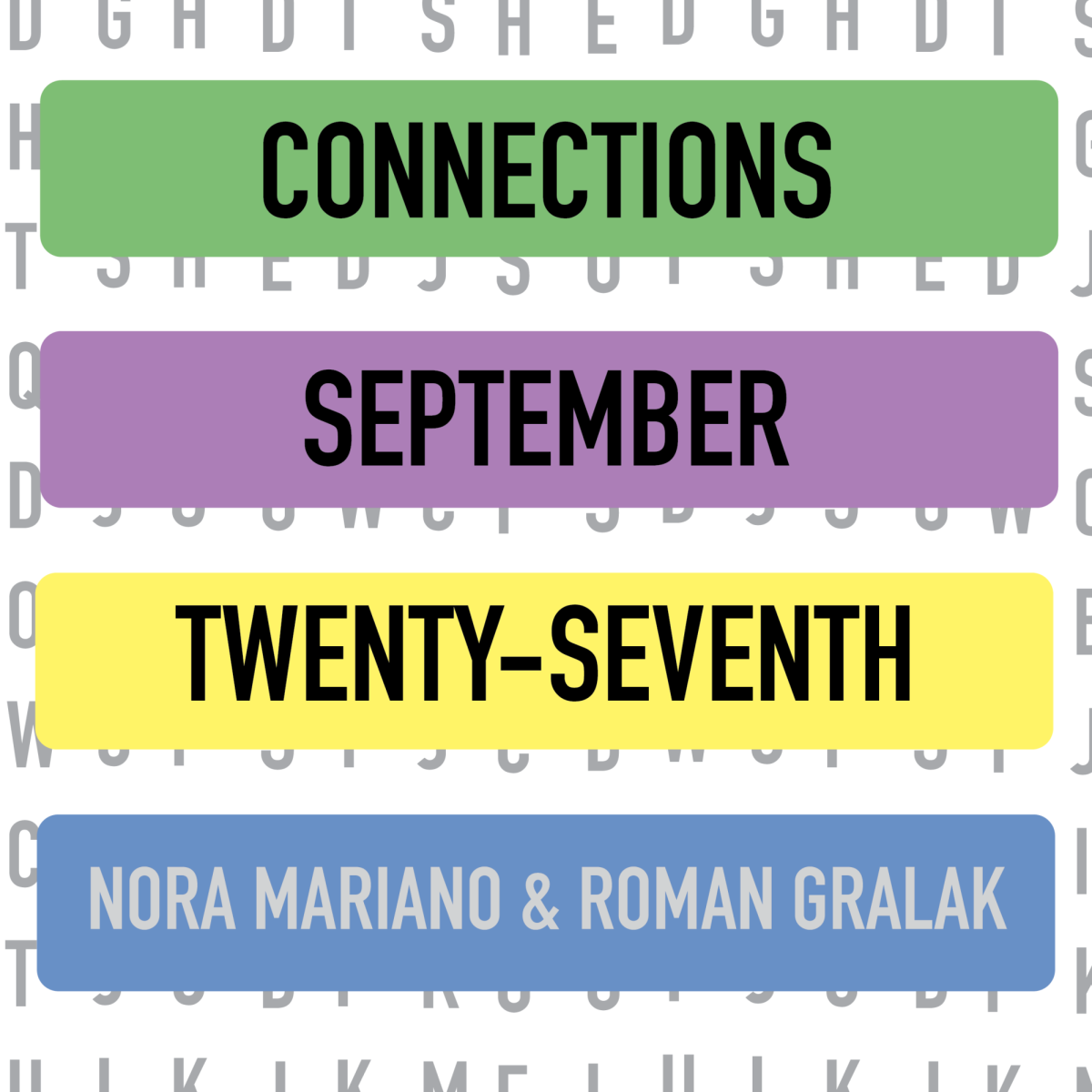

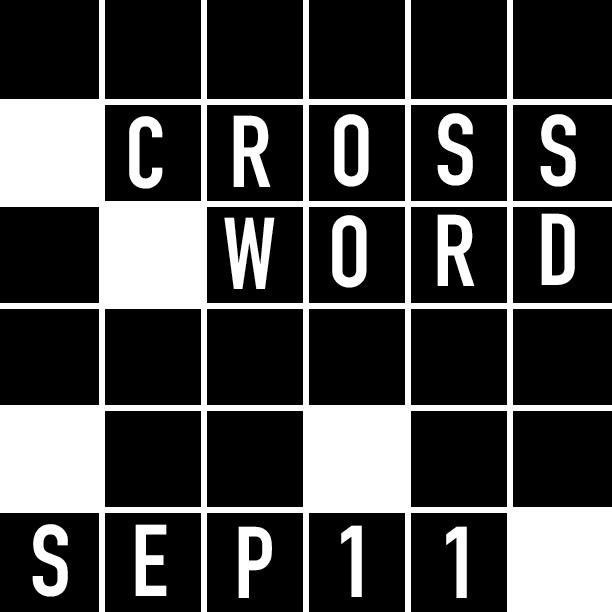
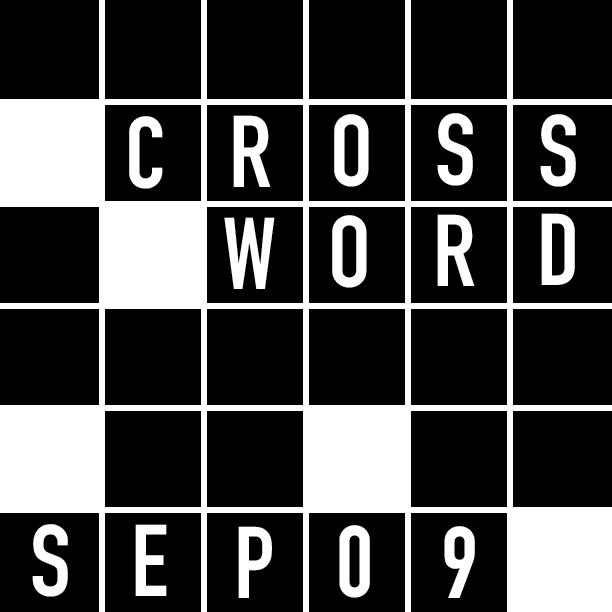
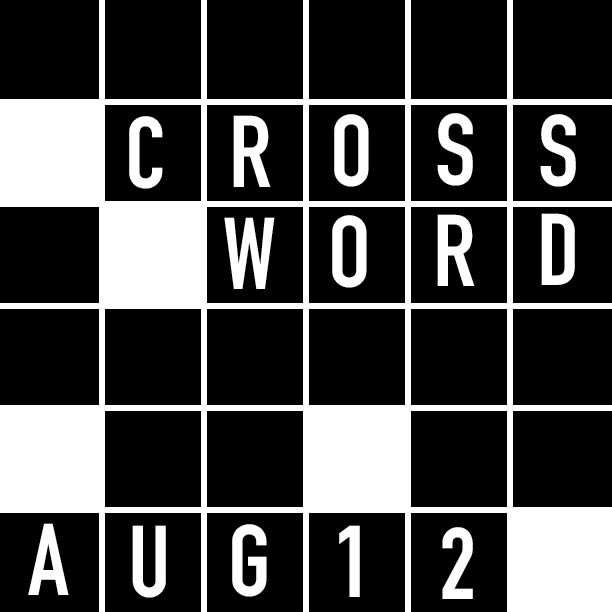


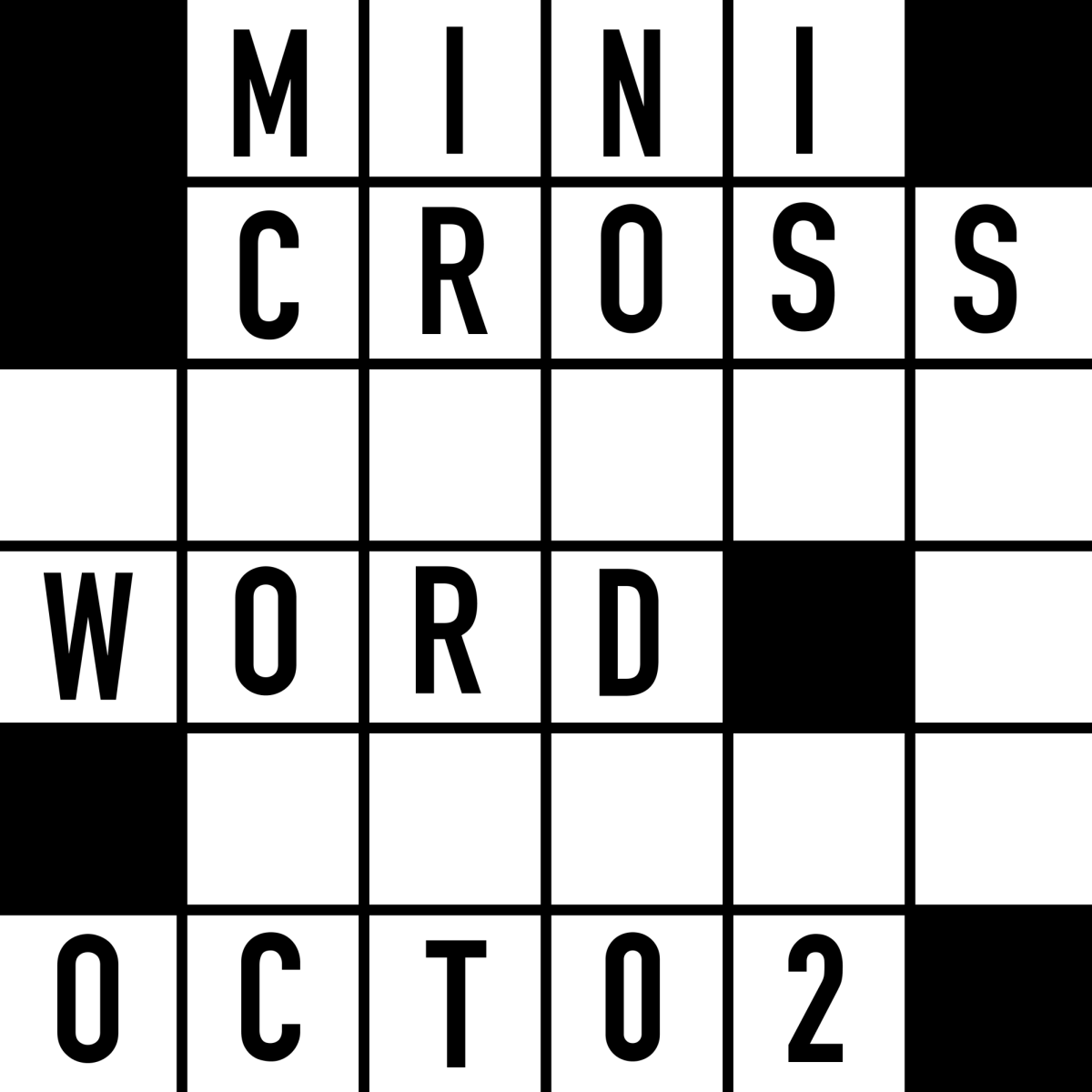
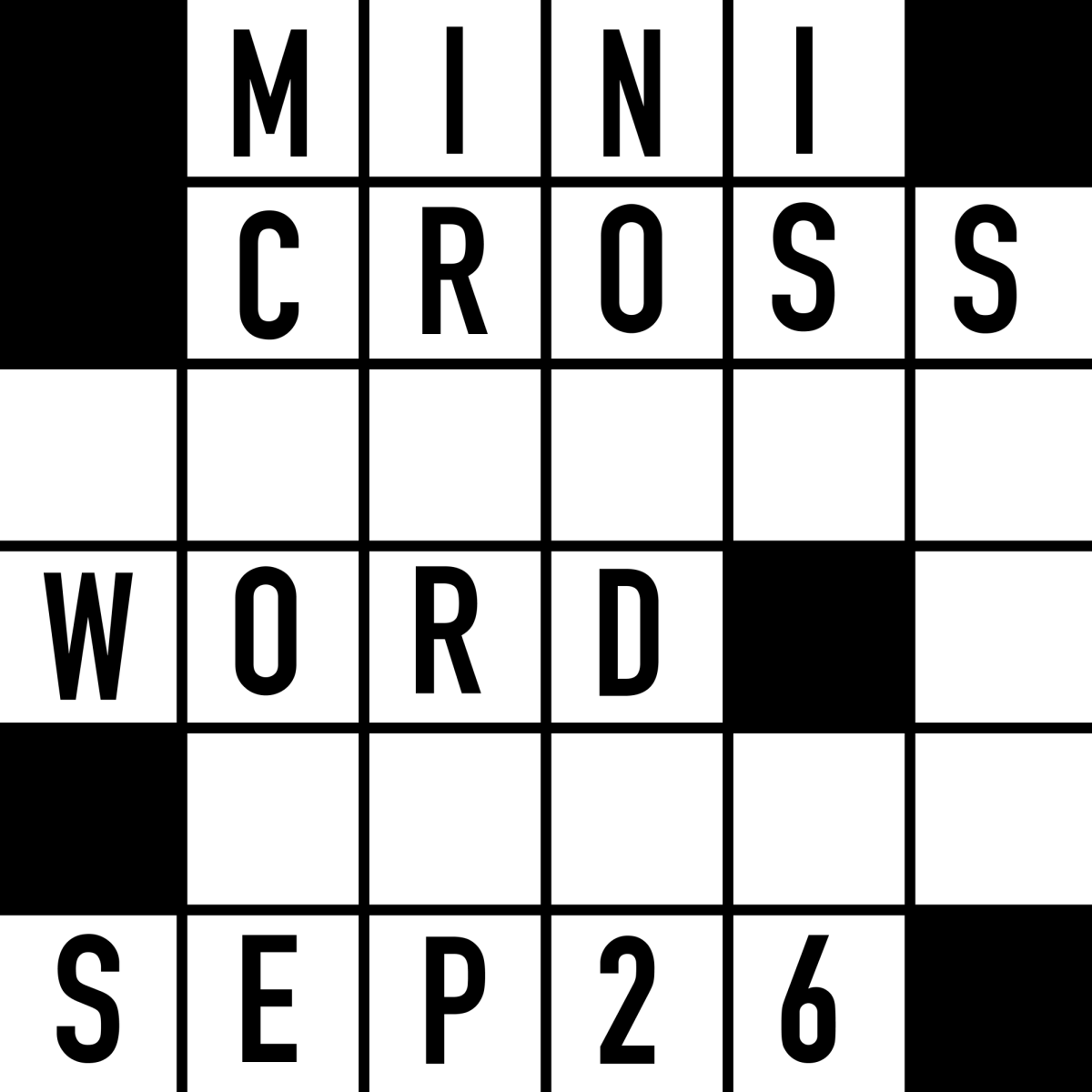

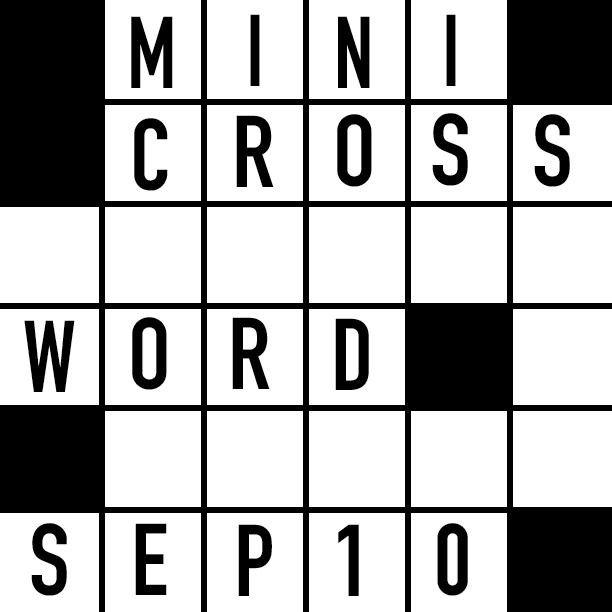

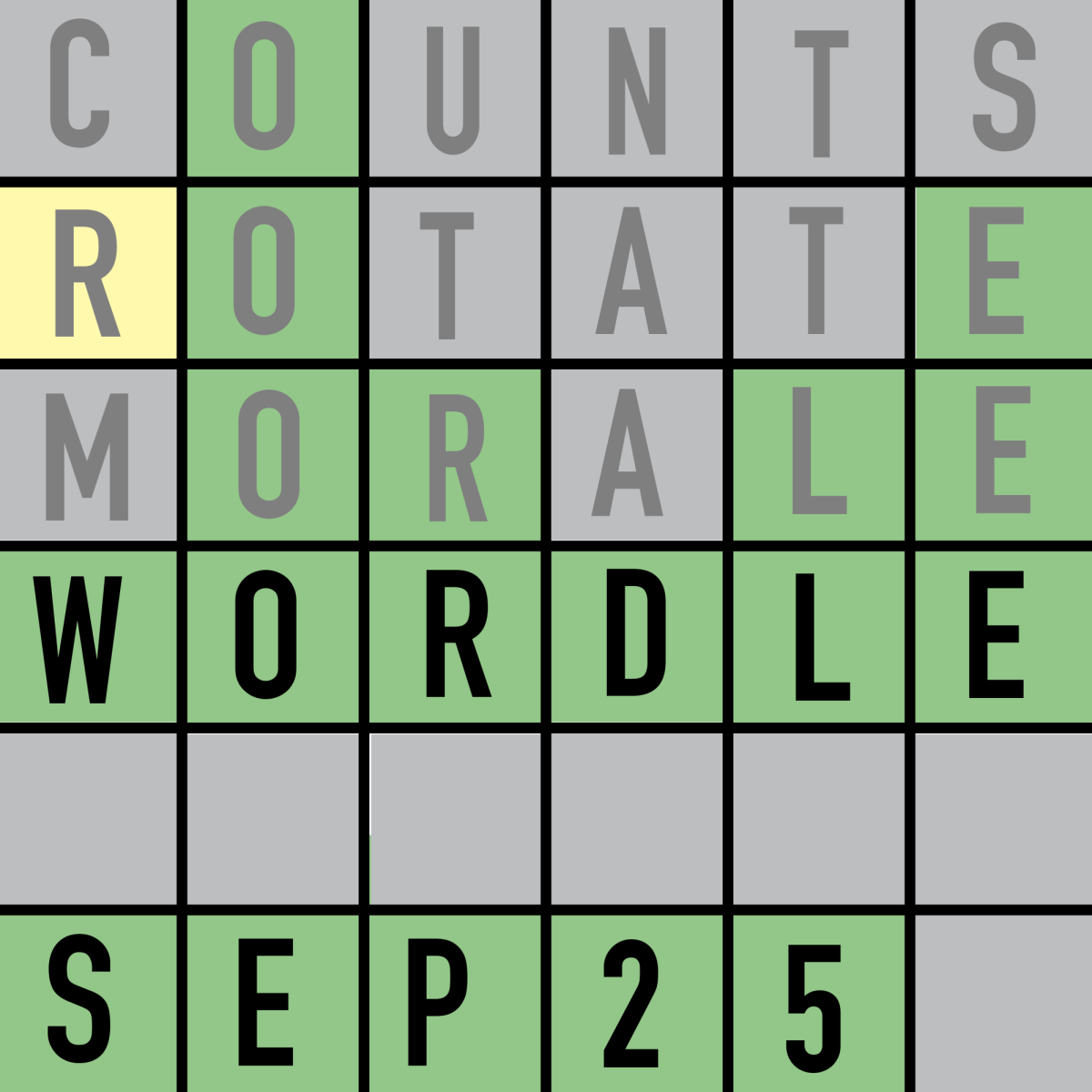

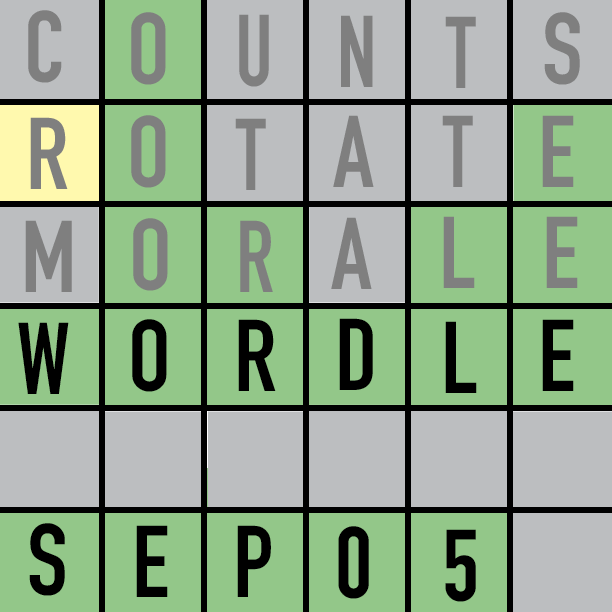




![Review: “Megalopolis” is a bold, bewildering mess [MUSE]](https://hilite.org/wp-content/uploads/2024/10/MV5BYTk3MjUzMGItYmU1NC00M2YyLThmNDMtNDI4NjkxNjgzMjQzXkEyXkFqcGdeQXRyYW5zY29kZS13b3JrZmxvdw@@._V1_-1200x675.jpg)
![Review: Judy Moody encourages viewers to make the best out of their summer [MUSE]](https://hilite.org/wp-content/uploads/2024/10/MV5BMjA4NDc0NzI5OV5BMl5BanBnXkFtZTcwMjc0MDA4NA@@._V1_-810x1200.jpg)
![Review: “Zen and the Art of Motorcycle Maintenance” is a breathtaking novel based on a true story [MUSE]](https://hilite.org/wp-content/uploads/2024/10/Screenshot-2024-10-14-at-11.45.50 AM.png)
![Review in Print: Maripaz Villar brings a delightfully unique style to the world of WEBTOON [MUSE]](https://hilite.org/wp-content/uploads/2023/12/maripazcover-1200x960.jpg)
![Review: “The Sword of Kaigen” is a masterpiece [MUSE]](https://hilite.org/wp-content/uploads/2023/11/Screenshot-2023-11-26-201051.png)
![Review: Gateron Oil Kings, great linear switches, okay price [MUSE]](https://hilite.org/wp-content/uploads/2023/11/Screenshot-2023-11-26-200553.png)
![Review: “A Haunting in Venice” is a significant improvement from other Agatha Christie adaptations [MUSE]](https://hilite.org/wp-content/uploads/2023/11/e7ee2938a6d422669771bce6d8088521.jpg)
![Review: A Thanksgiving story from elementary school, still just as interesting [MUSE]](https://hilite.org/wp-content/uploads/2023/11/Screenshot-2023-11-26-195514-987x1200.png)
![Review: "When I Fly Towards You", cute, uplifting youth drama [MUSE]](https://hilite.org/wp-content/uploads/2023/09/When-I-Fly-Towards-You-Chinese-drama.png)
![Postcards from Muse: Hawaii Travel Diary [MUSE]](https://hilite.org/wp-content/uploads/2023/09/My-project-1-1200x1200.jpg)
![Review: "Ladybug & Cat Noir: The Movie," departure from original show [MUSE]](https://hilite.org/wp-content/uploads/2023/09/Ladybug__Cat_Noir_-_The_Movie_poster.jpg)
![Review in Print: "Hidden Love" is the cute, uplifting drama everyone needs [MUSE]](https://hilite.org/wp-content/uploads/2023/09/hiddenlovecover-e1693597208225-1030x1200.png)
![Review in Print: "Heartstopper" is the heartwarming queer romance we all need [MUSE]](https://hilite.org/wp-content/uploads/2023/08/museheartstoppercover-1200x654.png)



